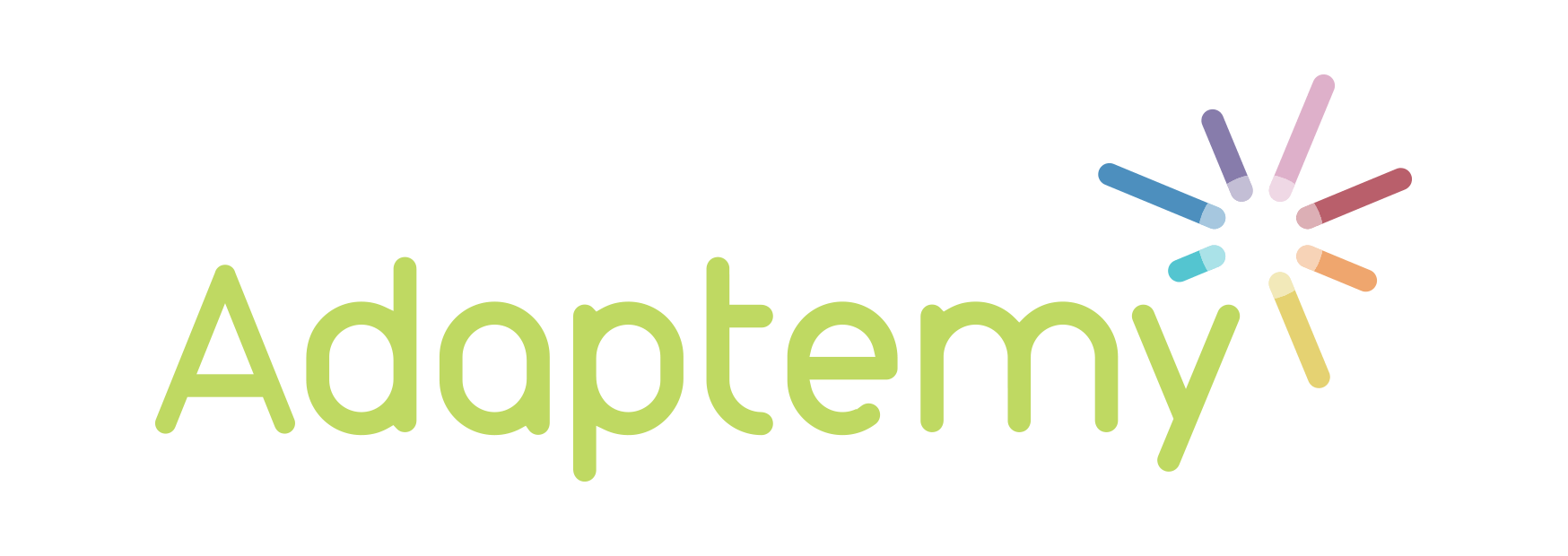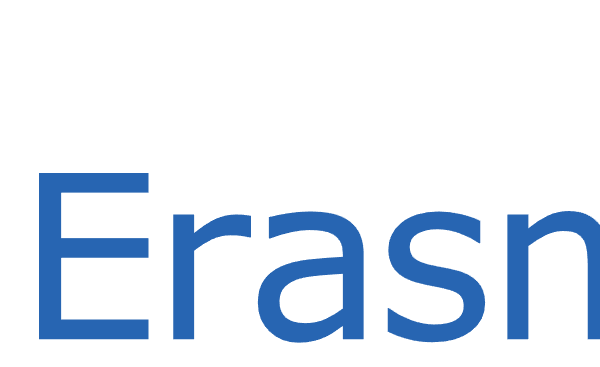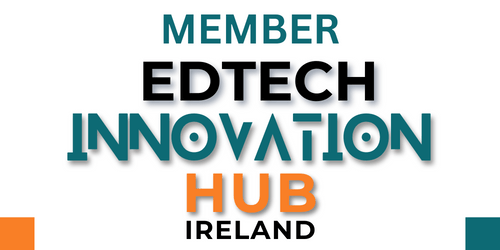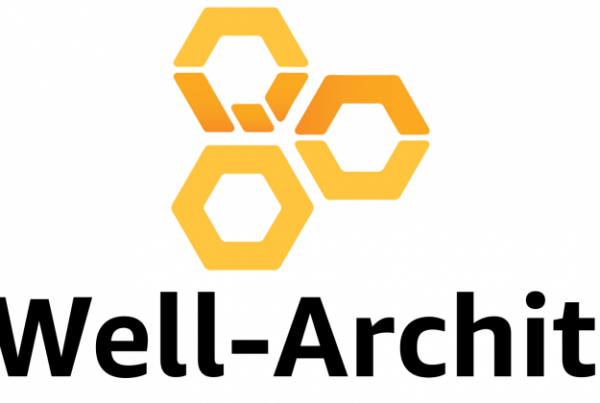
Today, we are bombarded with choice, and choosing the right edtech solution is no different. The marketplace is muddled, and the task of finding the best solution can seem near impossible. Add considerations such as costs, future proofing and market transitions and it can be overwhelming.
So how do you choose your adaptive learning solution? How do you decide which outcomes to focus on? Which partner to work with? How to best impact your students’ learning experiences, bolster profit or secure market share?
Partnering with an experienced provider can help you navigate this edtech journey. Adaptemy offers a range of consultancy services in this sphere and recommends you consider three core elements: your ultimate intention, your existing technology infrastructure and your organisational requirements.
But before we dive in, let’s take care of the fundamentals.
How to start
If you’re new to the space or still wrapping your head around the algorithms and efficacy of adaptive learning, we recommend you read our introductory article to adaptivity here.
And if you’re hearing tales of fails and are greeting this task with trepidation, you are not alone. In the early days of edtech, solutions were released to the market before they were ready by technologists who didn’t understand the classroom. Many of these solutions were incomplete or failed. As a result, there’s an understandable amount of fear and reluctance from both publishers and teachers to engage in educational technology.
The stories we share on our site from other educational publishers will help assuage those fears and provide a source of inspiration for those keen to explore the opportunities. This article will also contribute to that with some clear-cut information.
On to the advice.
Choosing the right solution
What is your intention?
When choosing an adaptive learning solution it’s important to always keep in mind exactly what the product is trying to achieve and how it will be used. Identifying where your company is trying to take the product in the initial stages could be the difference between success and failure.
So, what are you trying to achieve?
Commercially, are you looking for a revenue stream from a new digital product? To add value and market differentiation to an existing offering? To supplement an existing product or address a whole new market segment?
Educationally, which part of the teaching and learning experience are you focusing on? To improve learning outcomes? More engaged learning experiences? To lessen teacher workload? Increase reporting and harness data insights?
What role will the product play? Will it be a homework assessment tool, an in-classroom exercise book or something else?
What is important to the teachers, students and parents? This will impact adoption and is an important consideration, as is the availability of WiFi, tablets, desktops or mobile phones.
Adaptive learning solutions can deliver benefits within multiple parameters. Knowing which are most important to you is vital, or the product can get lost in the development process.
What does your existing content and tech infrastructure look like?
After the initial analysis of the solution’s main goal, thoughts should turn to your existing content and tech infrastructure. That is, how your content is currently compiled using what technology.
The objective is to identify content suitability and integration points within your existing technology. This builds a picture (a roadmap) of what needs to happen to integrate a solution with your business – and what that solution needs to look like.
Curriculum mapping and learning design are central to this process. Content development follows, and has technological implications in terms of how you’ll create or import your content. More on this here.
Once this framework has been created, you’ll be ready to develop a product. It’s now time to look at your wider organisation from a skill and service perspective.
What is required to support an adaptive learning solution?
Certain roles and skills are required by a publisher when introducing adaptive learning solutions. Where once the sales team dealt with paper and books, now there’s a cloud-based solution.
It is likely that your sales and customer service processes will need to change to support your adaptive solution. This is an important consideration with commercial implications that could see you retrain existing or employ new members of staff.
There’s a lot to think about.
And for publishers beginning this journey, many unknowns. Adaptemy’s consulting services help publishers navigate this territory. From business analysis to strategy development to in-house training and development, Adaptemy helps publishers first build a business case and then transition to digital.
Our adaptive engine has been built by those who understand the classroom, the pedagogy and the potential of true adaptive technology. With our help, you’ll remove the mystery surrounding this process and confidently choose the right adaptive learning solution for your organisation.
For an informal conversation about your adaptive learning options, please contact us here.




